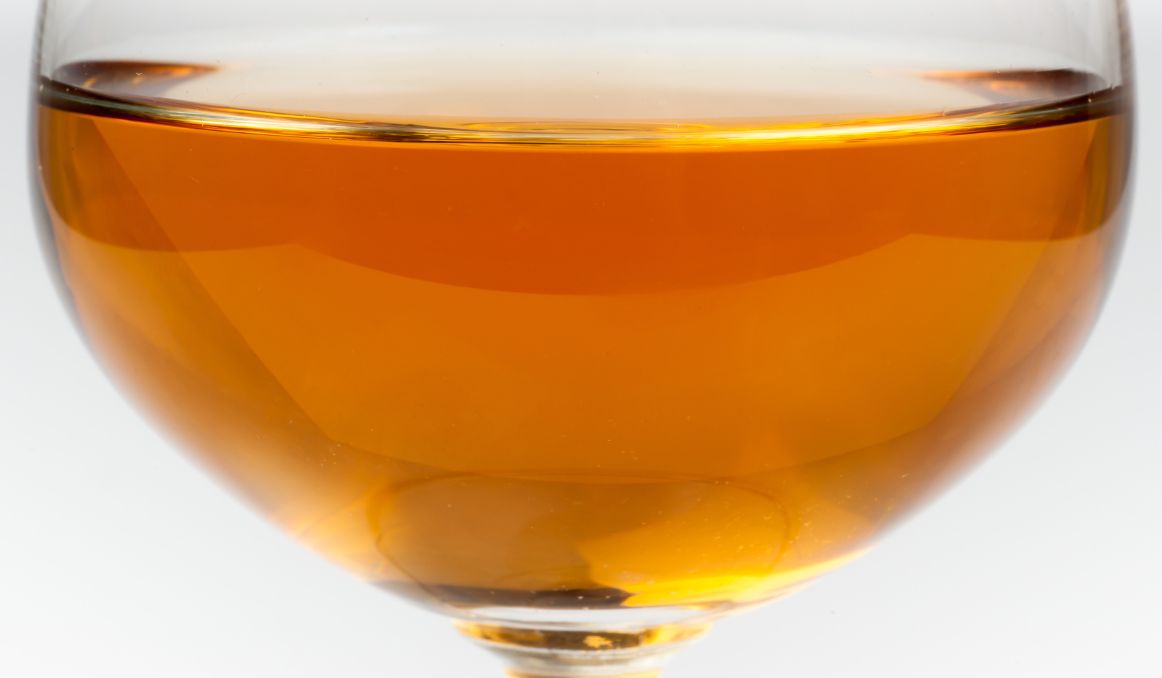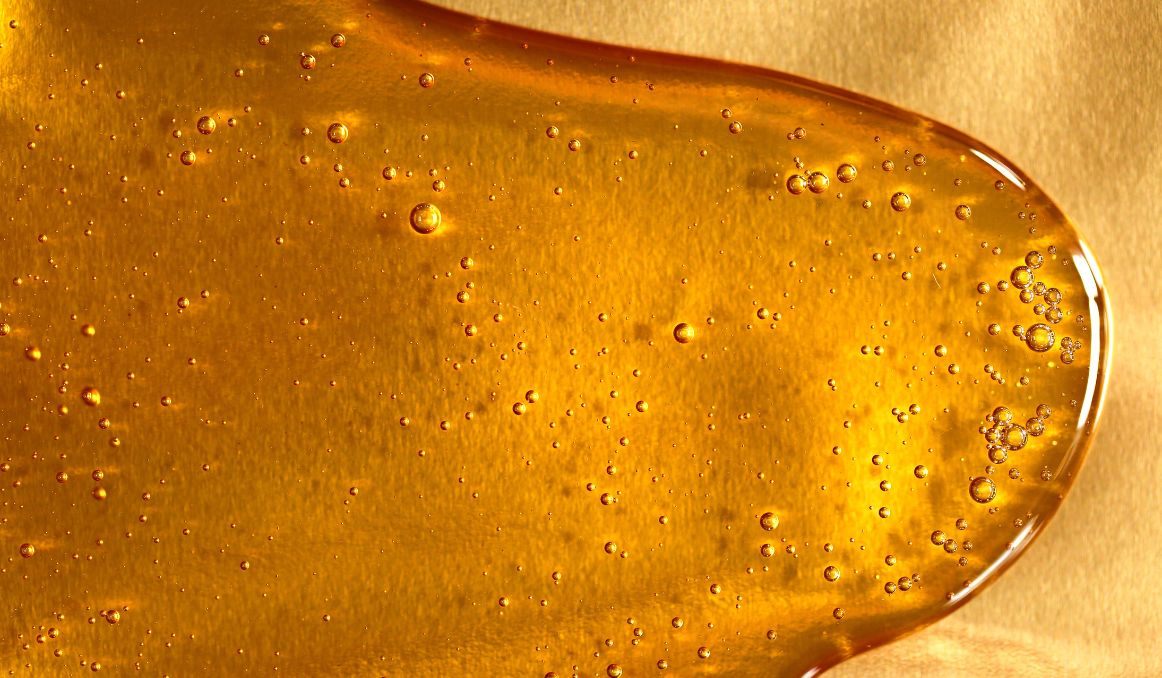Best Yeast for Session Mead
Mead brewing can be both an incredibly simple and a terribly complex process. Really, it all comes down to your choice of ingredients, which includes, of course, the best yeast for session mead.
But first, let’s talk about mead, its origins, and what we mean when we say “session mead.”
What Is Mead?

Mead is perhaps the oldest alcoholic beverage in human history, dating back to at least 6500 BC in China. And it makes sense, right?
Mead is made from honey and water. So if you can imagine that honey was an early sugar source, and as beekeepers learned to gather honey, dilute it with water for a drink, and then leave that drink in bulk out to sit.
As the honey drink sat, yeast would of course be naturally attracted to the sugars in the beverage and then begin fermenting.
Within a few days, you would now have a highly alcoholic beverage because honey is perhaps the most sugar rich of all worts or musts.
And yeast is, of course, the critical ingredient in any alcoholic beverage.
Why the Yeast Matters
Yeast is another ancient food in human history, going much farther back event that we do.
A member of the fungus family, yeast exists, like most living organisms, to survive and procreate, and as long as it has a warm, moist environment, and plenty of fermentable carbohydrates, it will do exactly that.
Fermentable carbohydrates come in three forms – starches, sugars, and fibers, with sugars being the most easy to ferment.
Now, when we talk about fermentation, we are simply referring to the chemical process wherein a substance is broken down to another substance.
Typically, when we talk about fermentation, we mean alcoholic fermentation, but we can also be referring to lactic acid fermentation, which is how some fermented foods, such as yogurt, are made.
Alcoholic fermentation demands yeast – only yeast can produce alcohol.
And lactic acid fermentation demands bacteria.
But, alcoholic fermentation can also include bacteria, and historically, it usually did.
This is because bacteria is also attracted to natural sugars, so any musts or worts left out to the elements will see a plethora of local yeast and bacteria fermenting up a storm, producing not only alcohol, but also nutrients and probiotics beneficial to human health.
Now, there are hundreds of yeast sub strains in the wild, and as of now, they are all categorized under three different types – Saccharomyces cerevisiae, which makes ales, breads, and red wines, Saccharomyces pastorianus, which makes lagers and white wines (because it ferments at cooler temperatures), and Brettanomyces, which ferments a more sour flavor and aroma.
Of each of these yeasts, there are dozens of variations, and we still have not collected and categorized them all.
Each yeast has its own flavor and aroma profile, and it also has its own alcohol tolerance level.
Some yeasts, like those we use for wine, will ferment up to 20% ABV before the yeast lie dormant, and others can only tolerate ABVs as low as 1 or 2 percent.
In ancient times, when it was all left up to nature and chance, yeasts naturally attracted to the more sugary beverages, honey meads and grape wines, were those that would ferment to higher alcohol levels. Those yeasts attracted to the starchier beverages and foods, like ale and bread, tolerated much lower alcohol levels and would go dormant much sooner.
History of Mead

In history, mead was made quite simply: honey was diluted with water and left out for yeast to attract and ferment.
The result was a rather highly alcoholic beverage with an ABV around 16%, even higher than many grape wines. Mead was even often referred to as honey wine.
In fact, when the Greeks called wine “the nectar of the gods,” they were talking about honey wine, not the stuff we know of today made from grapes.
And once grapes were harvested and used for wine, there was often honey added to the beverage because the people had become so used to having honey in their wine.
Mead has been used as a ritual beverage across the globe, throughout history, and across civilizations.
One of the most popular rituals that used meads was the pagan ritual of Beltane that took place in what is now Ireland and Scotland. Beltane is the midway point between the spring solstice and the summer solstice, which celebrated a returning of the sun and called for mead aplenty.
What Is Session Mead?
As time went on, many brewers sought a way to produce a much lighter beverage, with a lower ABV, so that patrons could enjoy more pints of mead in a single drinking “session.” Hence the name.
Session mead, also often called short mead, became popular as the ABV was closer to that of beer, and friends could gather around for the holidays or other special occasion and share each other’s company and this delightfully sweet and natural beverage.
Best Yeast for Session Mead
The best yeast for session mead then, in order to cut the ABV to a much lower level, would be a yeast with a lower tolerance for alcohol, which will simply lie dormant and stop fermenting after the mead reaches a certain level.
To achieve this goal, you are relatively safe with any yeast marketed as an ale yeast versus a wine yeast.
Any yeast marketed as an ale yeast is unlikely to reach ABV higher than 9 percent, whereas a wine yeast can go much higher, closer to 20%.
WLP 515, 71B, and D47 are all good examples of yeasts that will not tolerate a higher alcohol content.
Mead Yeast Nutrient
Be mindful also that when making mead, you will likely need to add yeast nutrient, any simple nitrogen rich nutrient will do, as honey these days does not contain much nitrogen.
And as always be prepared to explore and experiment with whichever ingredients may work for your particular mead, in order to find your own crafted beverage.
Cheers!
Passionate about the fermentation process? So are we! If you’re interested in finding out how you can use our technology to control fermentation and monitor your yeast, save work hours and improve the cost-efficiency of your business, drop us a line at [email protected] or check out our product pages:
- Oculyze BB 2.0 (Better Brewing) Yeast Cell Counter App + Hardware
- Oculyze FW (Fermentation Wine) Yeast Cell Counter App + Hardware
Also, you can now get access to a fully functional demo account to test your yeast via our Web App. Completely free of charge and with no commitment to purchase.


